
Mohsen Naziri Asl, Iran, consulting with his colleagues during the afternoon plenary
On the second day of Minamata COP3, delegates exchanged initial positions on agenda items related to mercury-added products and manufacturing processes in which mercury or mercury compounds are used and the programme of work and budget. Contact groups were mandated to continue the discussions on most items.
During the morning plenary session, Effectiveness Evaluation Contact Group Co-Chair Kateřina Šebková (Czech Republic) and Friends of the President Group Chair Nina Cromnier (Sweden) reported on progress made in discussions in their groups.
Delegates then resumed the discussion that began Monday on the African Group’s proposal to amend Annex A to phaseout dental amalgam. The matter was referred to the Technical Matters Contact Group for further discussions. On customs codes, the Secretariat highlighted four options for harmonization: i) internationally harmonized six-digit codes pursuant to World Customs Organization (WCO) standards; ii) statistical codes for products with more than six digits, developed differently depending on level of harmonization; iii) combination of the first two approaches, adjusted according to WCO procedure; iv) no action, inviting collaboration on monitoring procedures and other technical issues during the intersessional period. Following a discussion of parties’ preferred options, the issue was referred to the Technical Matters Contact Group.
On capacity-building, technical assistance and technology transfer, the Secretariat suggested continuing to compile relevant information from existing regional, sub-regional and national arrangements and report again to COP4. The Latin American and Caribbean Group (GRULAC) said it would be offering a proposal on follow-up to the COP2 decision on this topic. The President suspended discussion on this item until GRULAC’s proposal is received.
On mercury waste thresholds, the outcomes of the work of the group of technical experts were presented. The Technical Matters Contact Group was mandated to explore the issues further, but not reopen issues already agreed by the group of technical experts. On releases, the Technical Matters Contact Group was tasked with further discussion with a view towards developing a draft decision on guidance for methodologies for preparing point source inventories and on best environmental practice (BEP)/best available techniques (BAT).On financial mechanism, the Global Environment Facility (GEF) Secretariat introduced the third report on GEF support to the Minamata Convention, which notes that USD 206 million was indicatively allocated to Convention implementation for the current reporting period. The Minamata Secretariat presented updates on the Memorandum of Understanding with GEF adopted at COP2.On Programme of Work and Budget, a contact group was created with a mandate to review the two scenarios proposed for the Programme of Work and Budget and to submit a draft decision for consideration by the plenary.
The Contact Groups continued to meet into the evening to progress on outstanding matters. For more details on the day’s negotiations and to hear what delegates said in the corridors, see our daily Earth Negotiations Bulletin.
Plenary

A view of the dais during the plenary
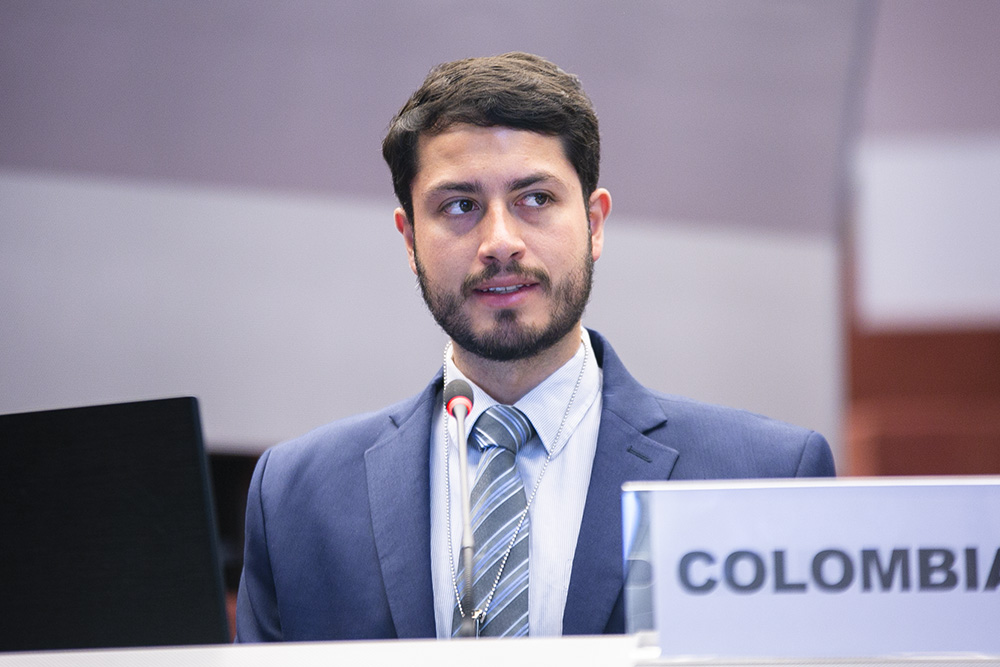
Haendel Sebastian Rodríguez González, Colombia

Nina Cromnier, Sweden
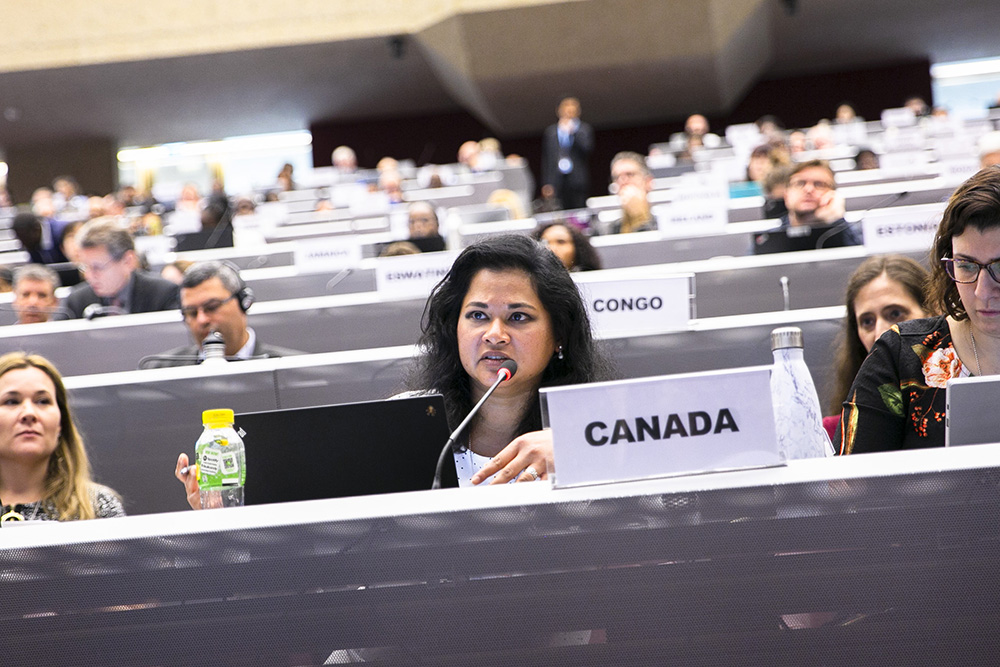
Alison Dickson, Canada

Aneta Willems, the EU
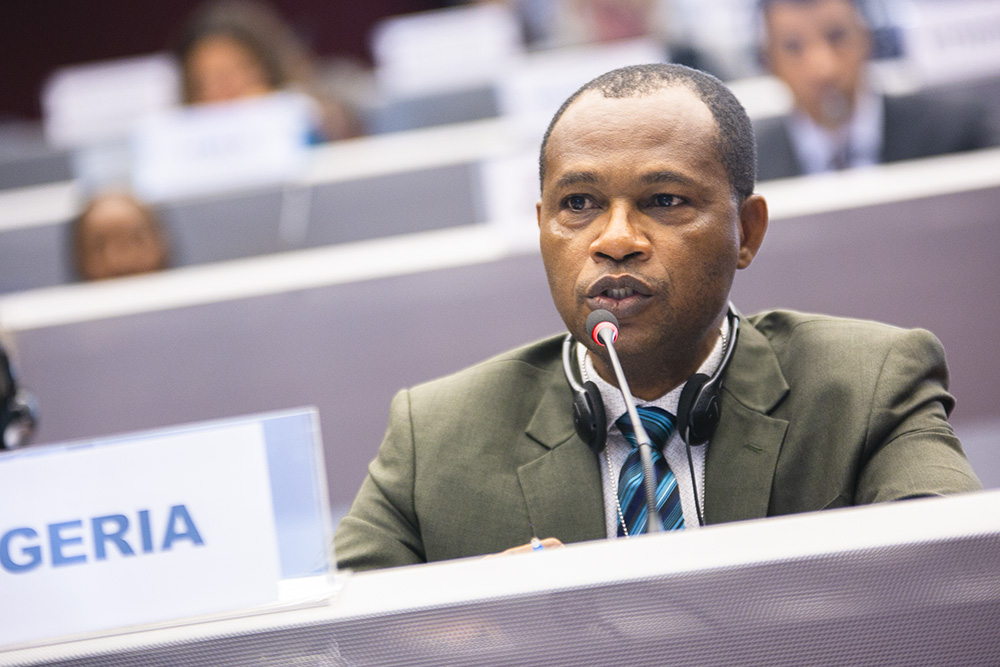
Olubunmi Olusanya, Nigeria

Claudia ten Have, Minamata Convention Secretariat, in discussions with delegates from Czech Republic
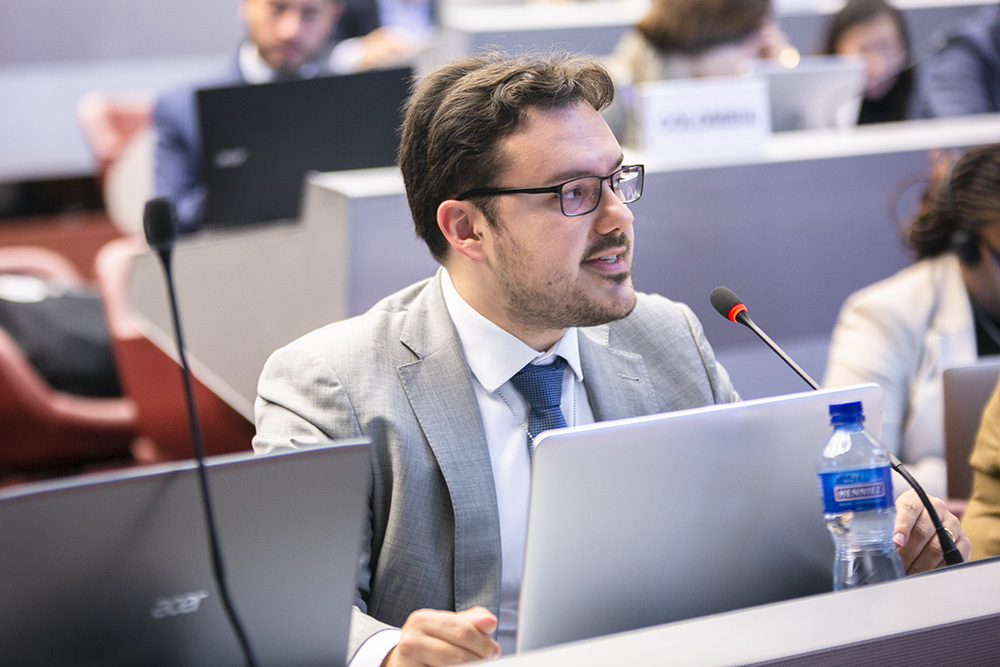
Nero Cunha Ferreira, Brazil
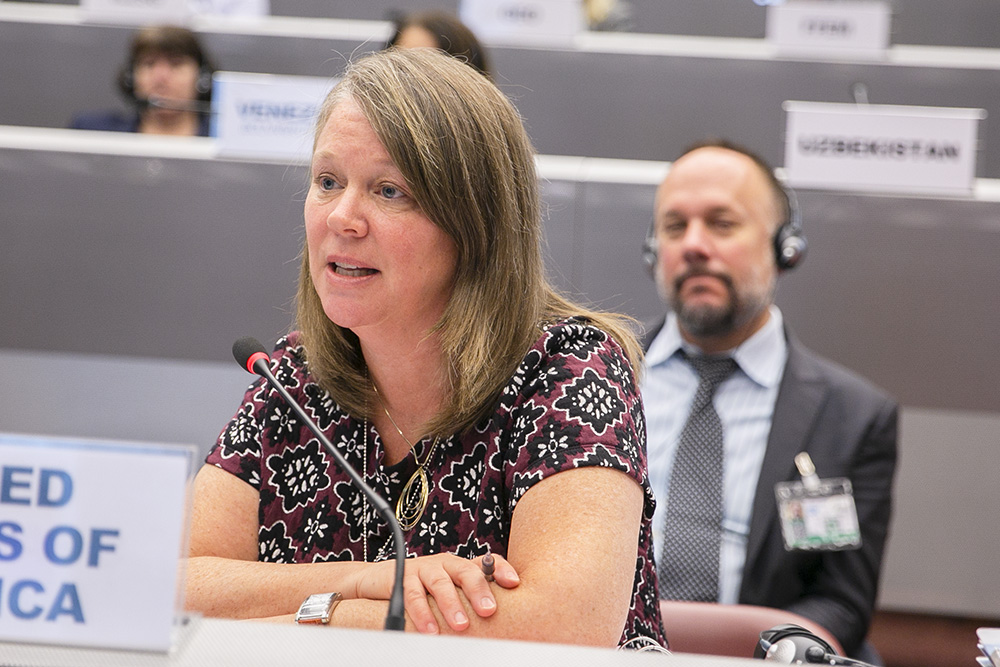
Karissa Kovner, US
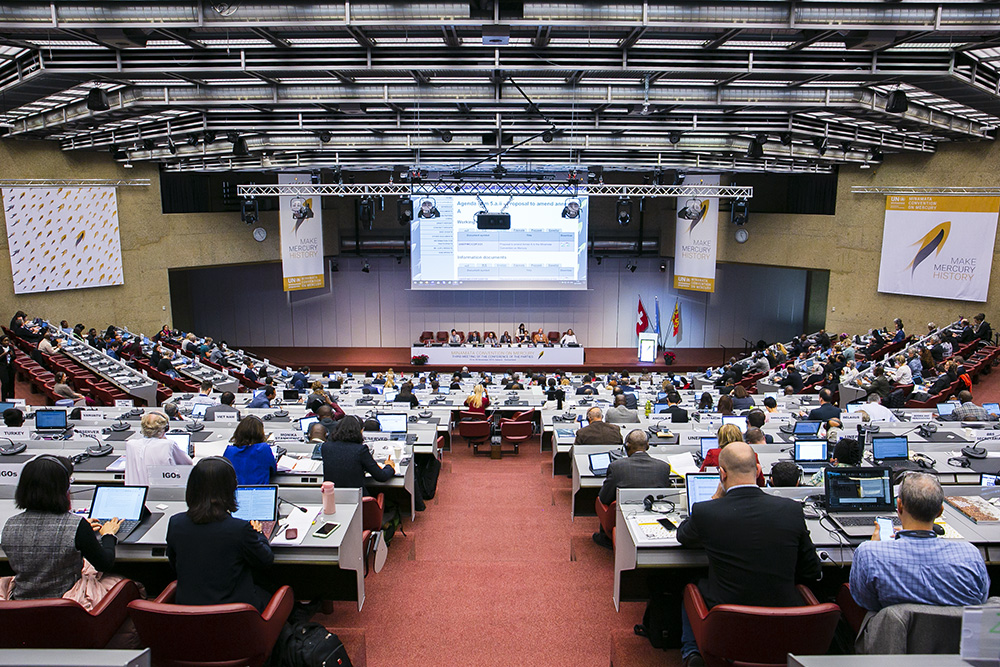
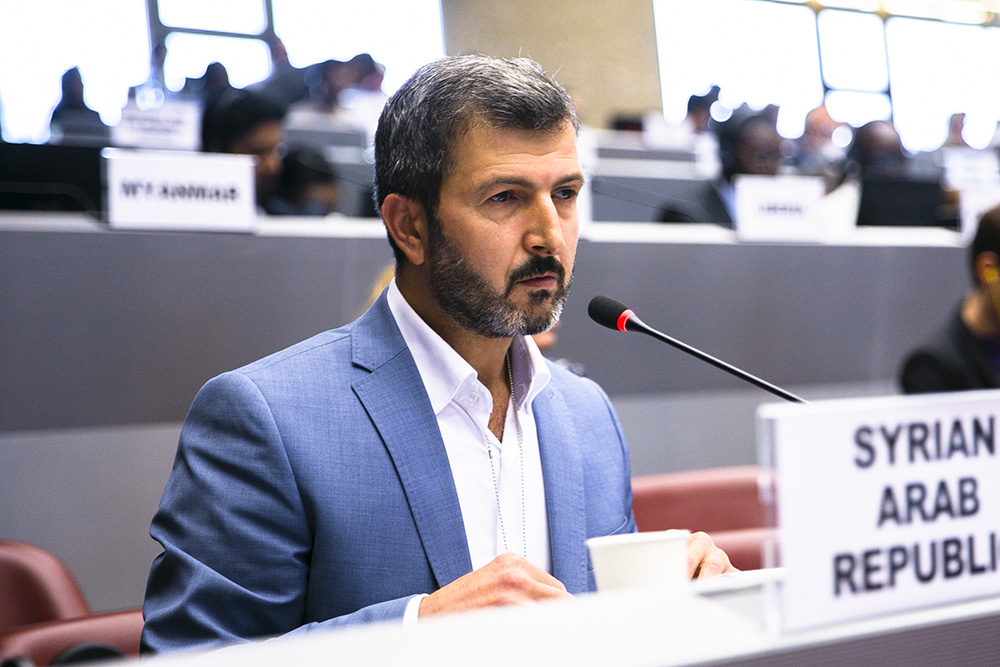
Eyad Ibrahim, Syria
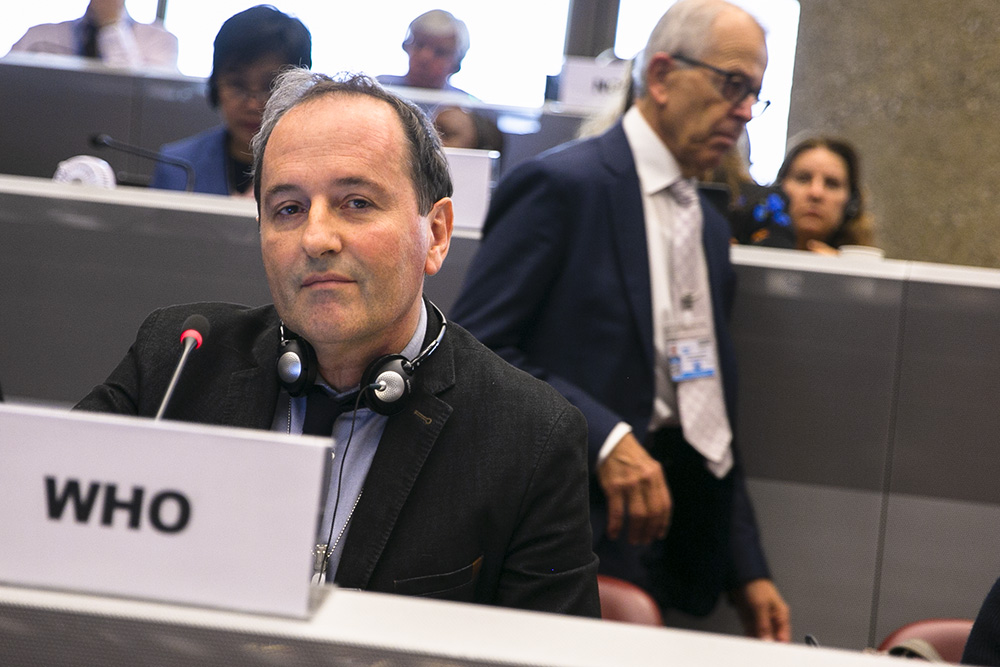
Benoit Varenne, World Health Organization (WHO)
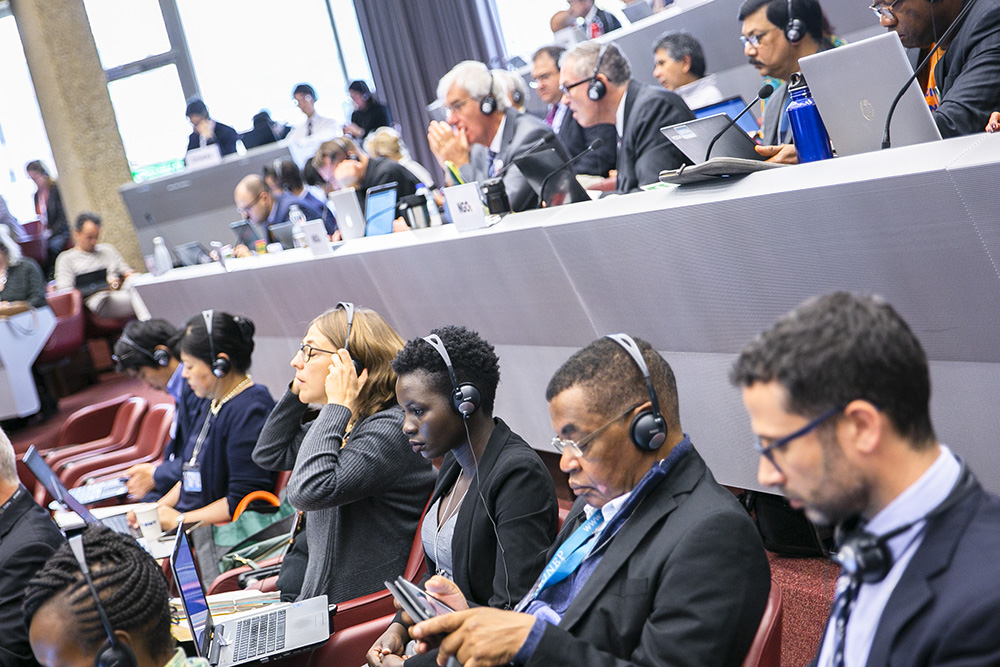
Delegates during the plenary

Carla Serazzi, Chile
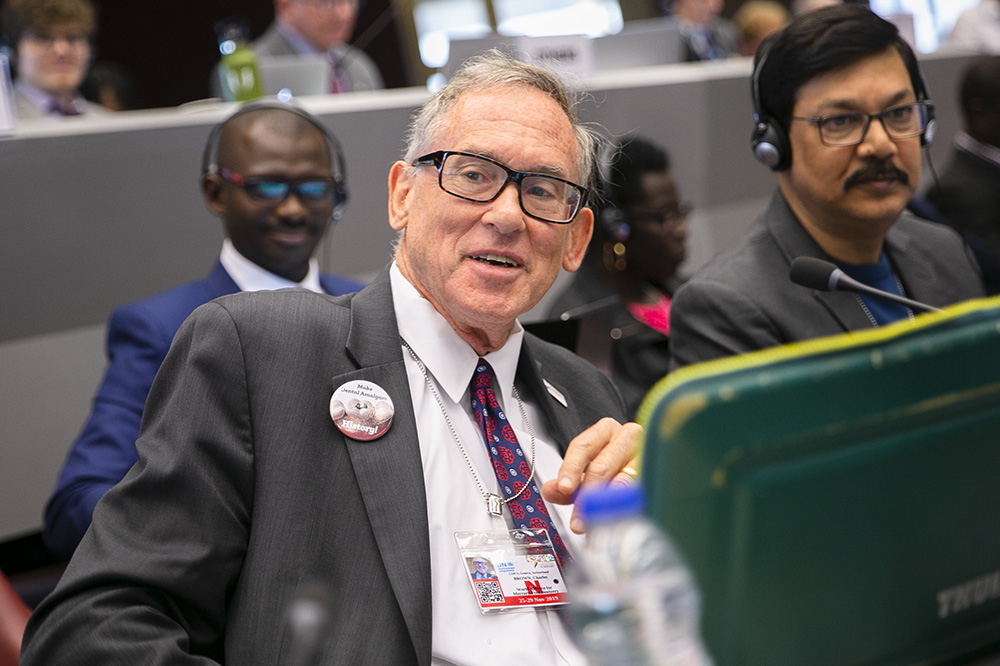
Charlie Brown, World Alliance for Mercury Free Dentistry
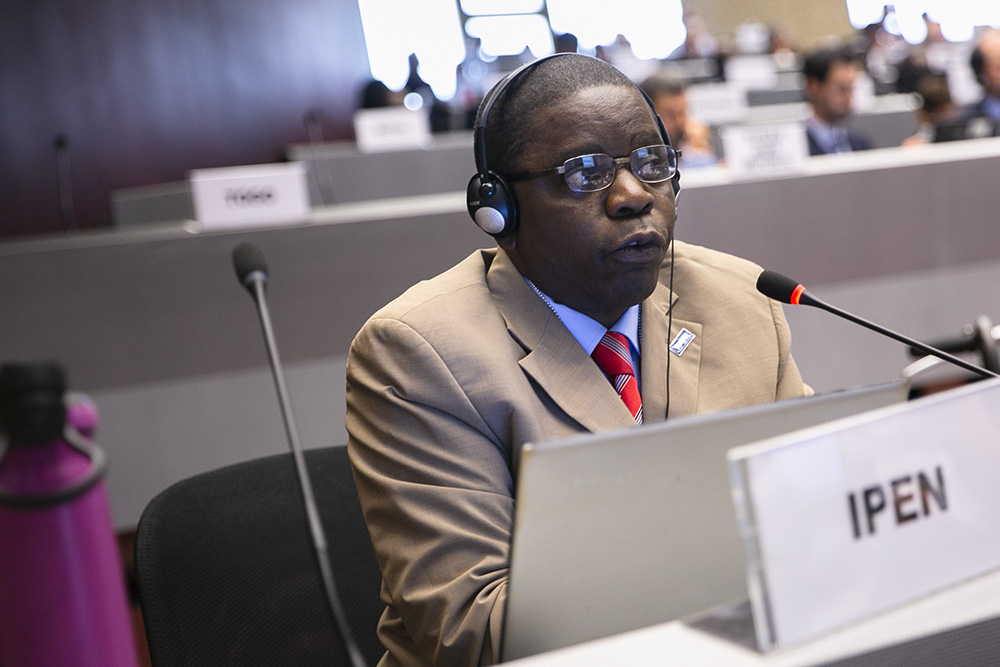
Gilbert Kuepouo, Research and Education Centre for Development
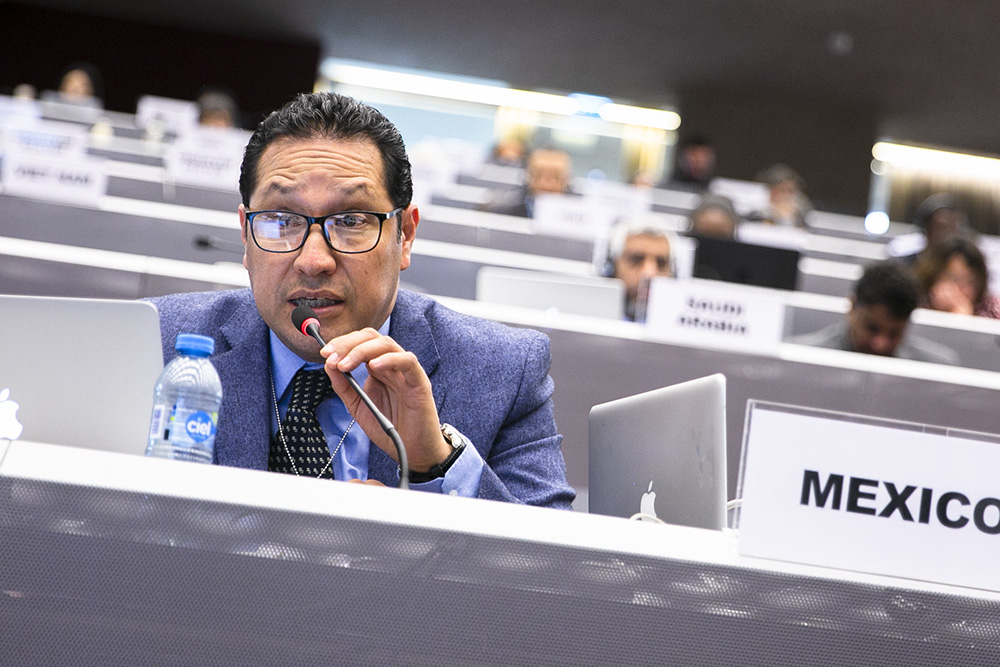
Ricardo Ortiz Conde, Mexico
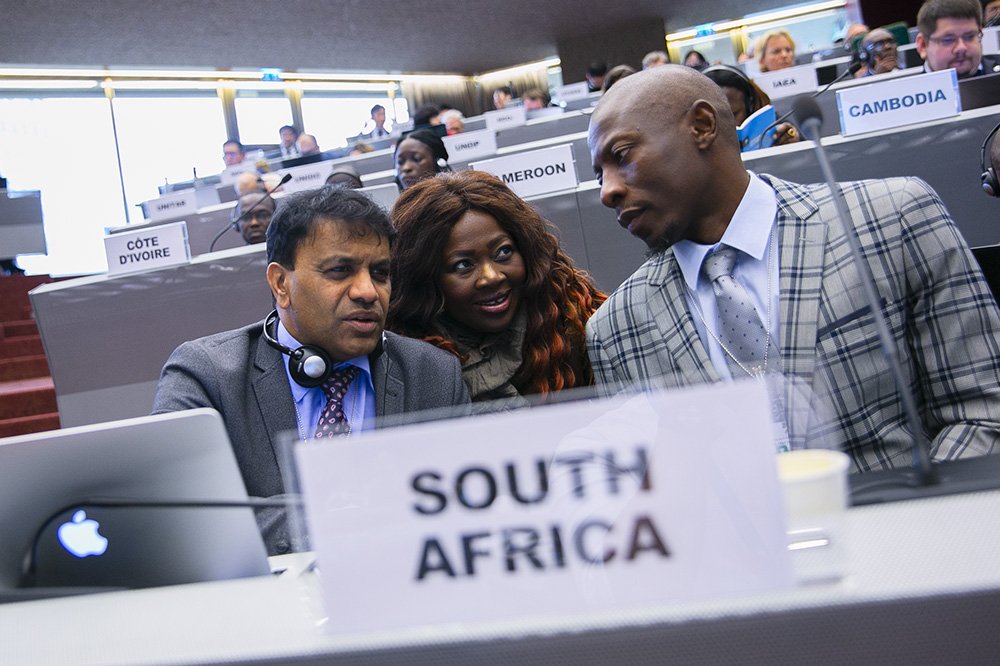
Delegates from South Africa engaged in informal discussions.
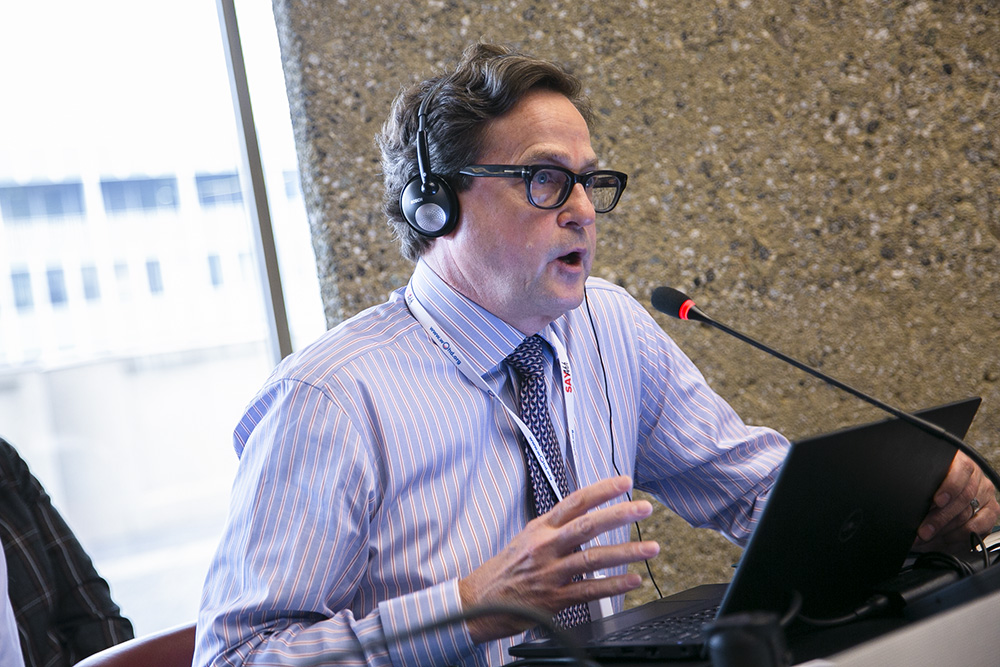
Christopher Fox, International Association for Dental Research

Enzo Bondioni, World Dental Federation
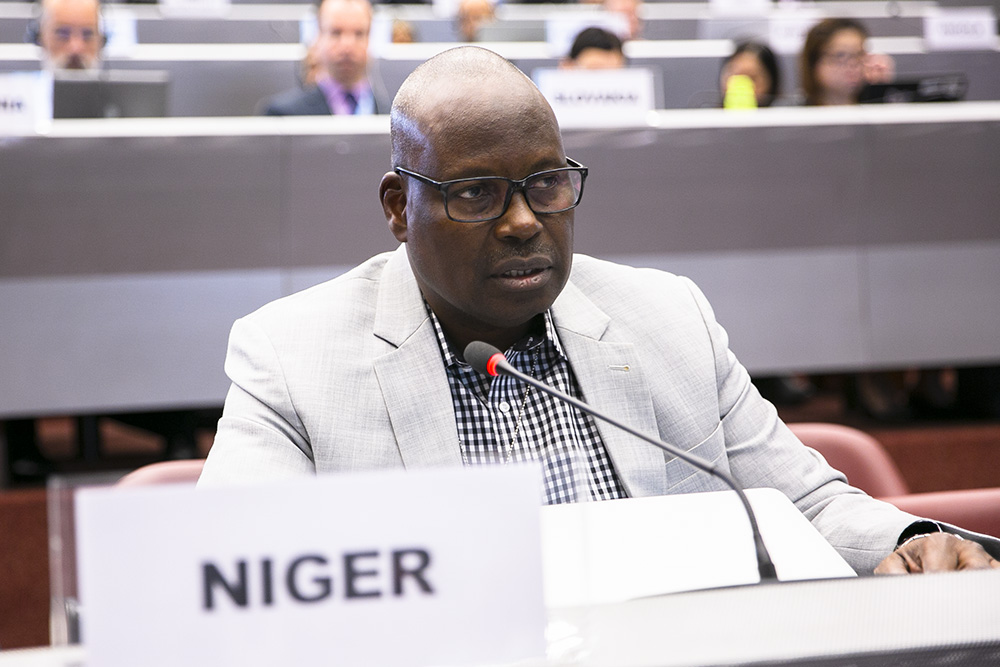
Sani Mahazou, Niger
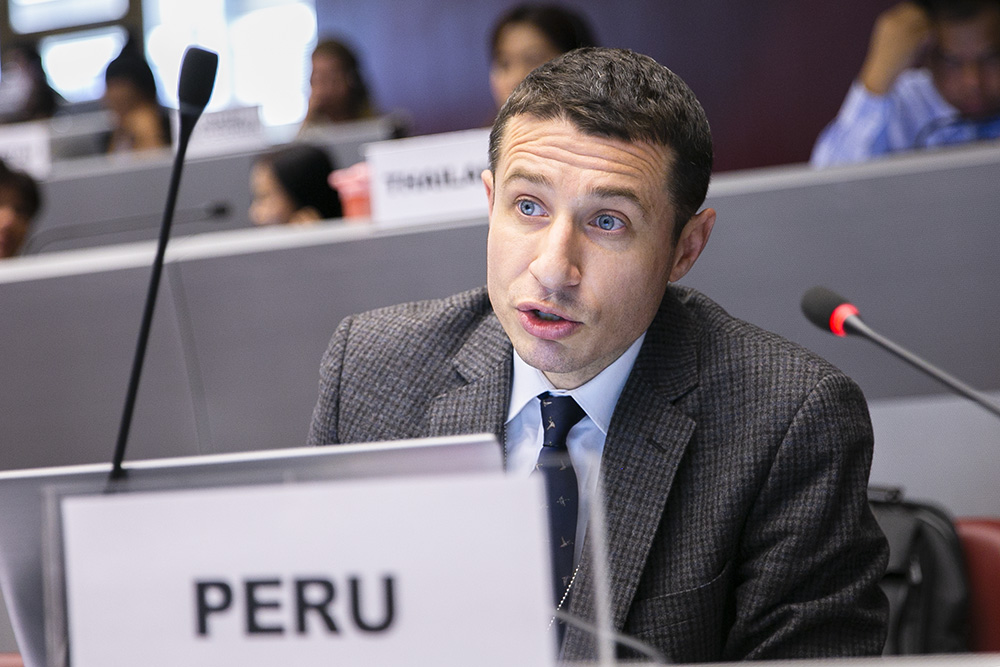
Carlos Enrique Garcia Castillo, Peru
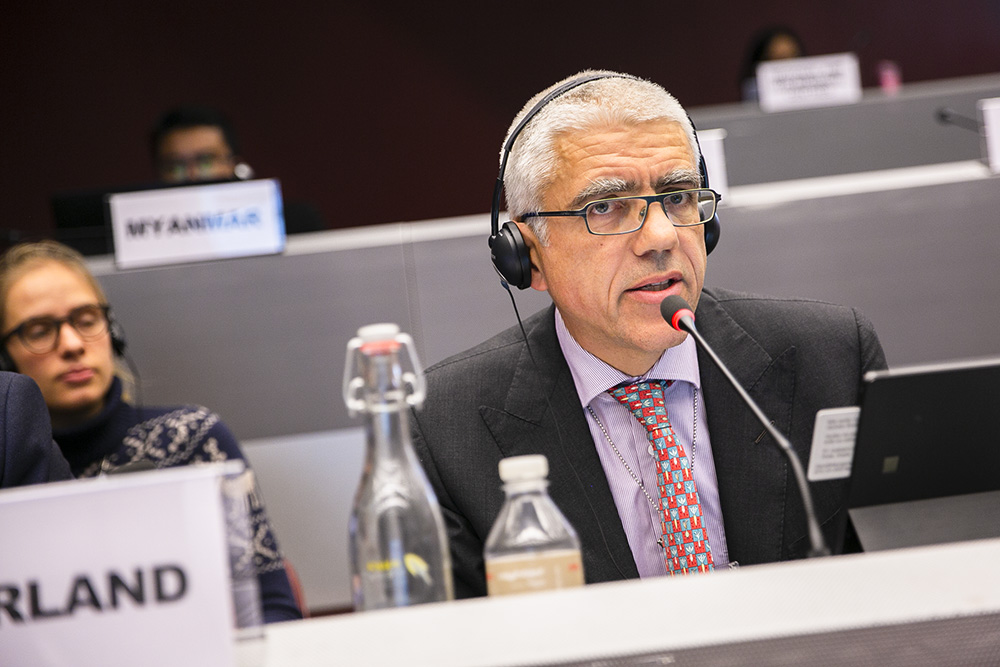
Andreas Gössnitzer, Switzerland
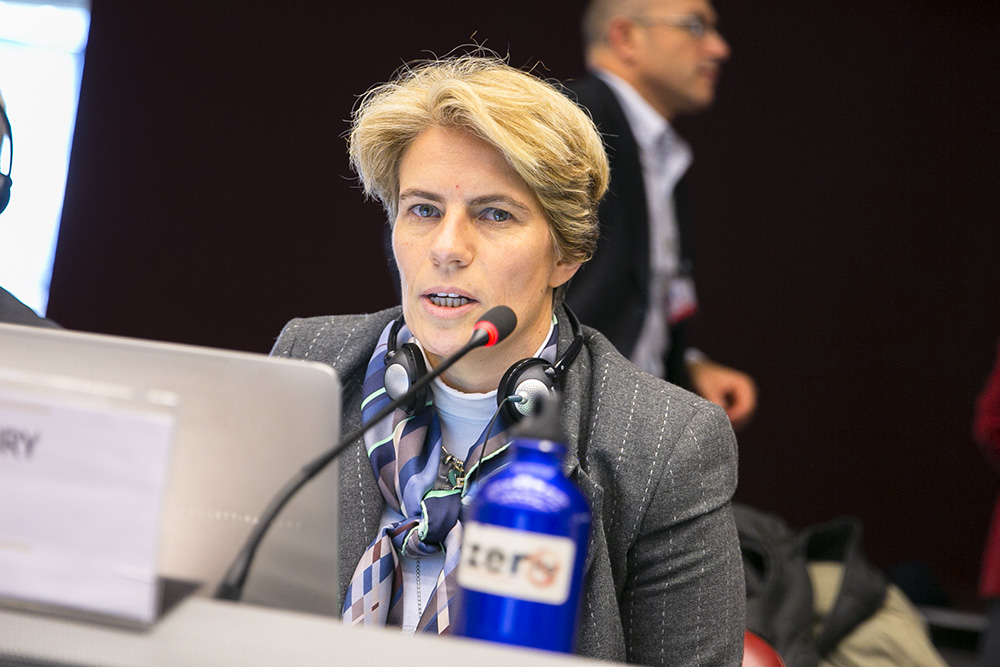
Elena Lymberidi-Settimo, Zero Mercury Working Group
Effectiveness Evaluation Contact Group
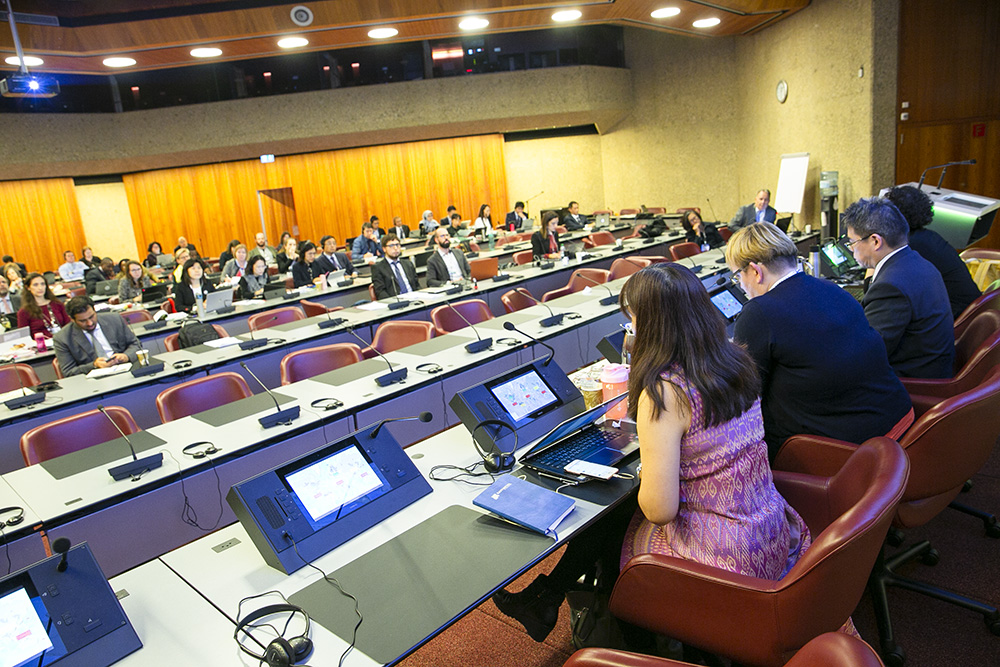
A view of the room during the contact group

Carolyn Vickers, WHO
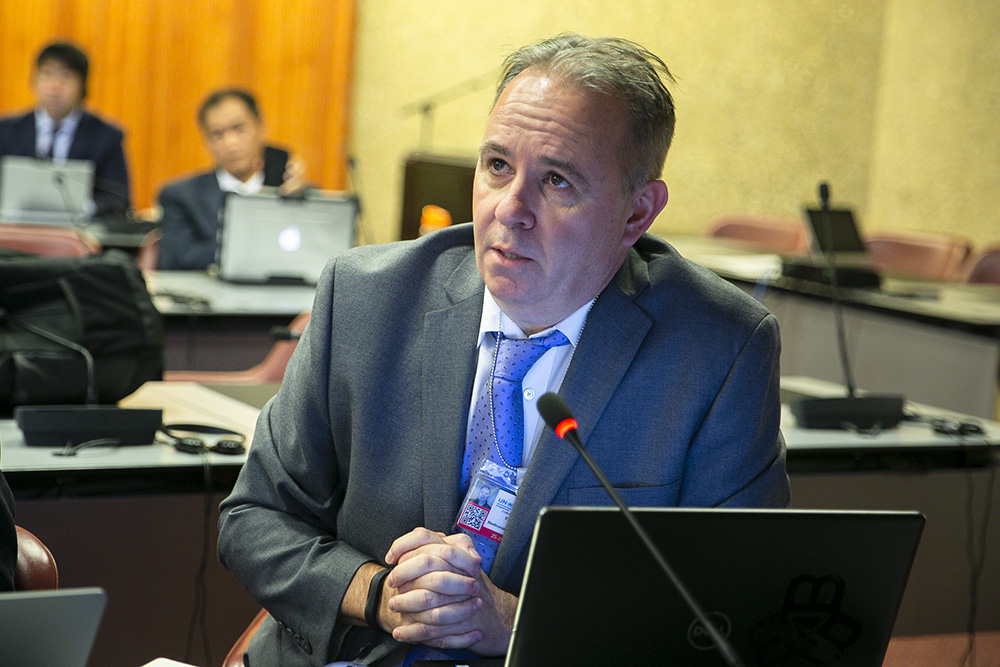
David Evers, Biodiversity Research Institute
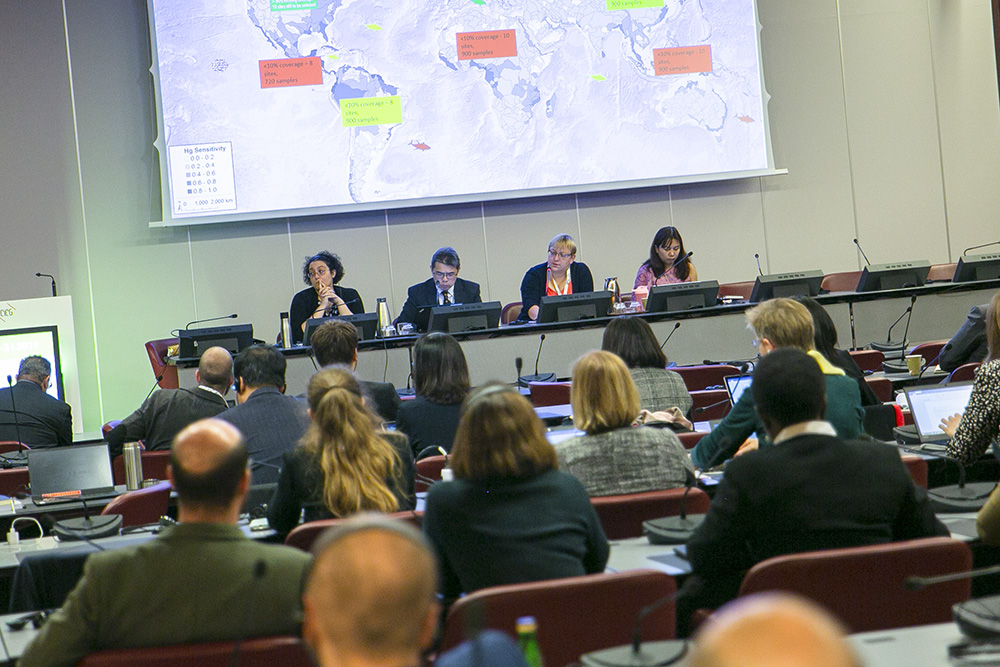
A view of the dais during the contact group
Technical Matters Contact Group
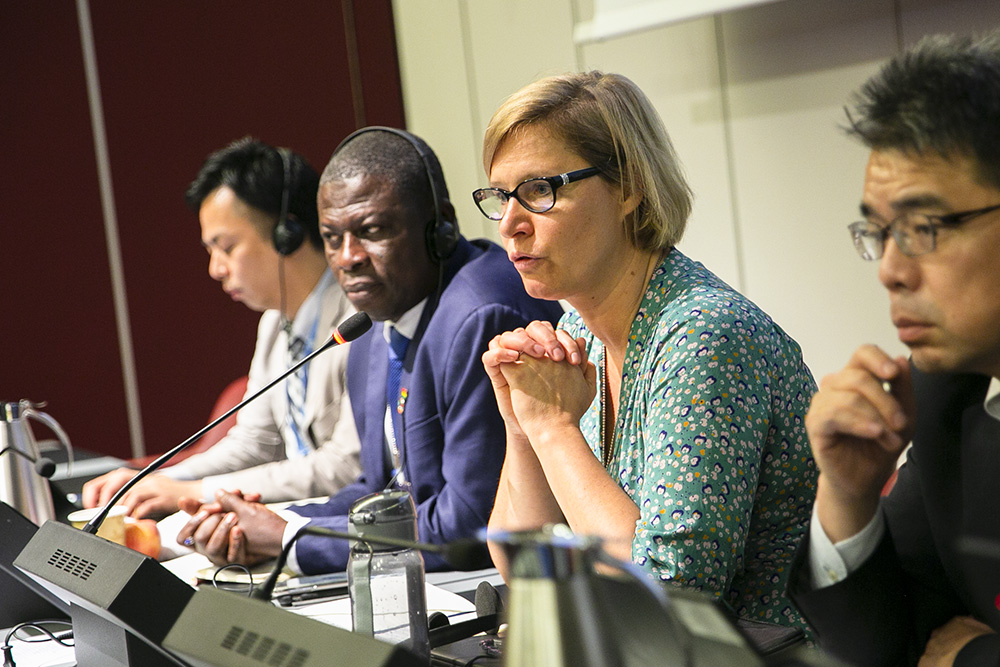
Co-Chairs Sam Adu-Kumi (Ghana) and Silvija Kalnins (Latvia)
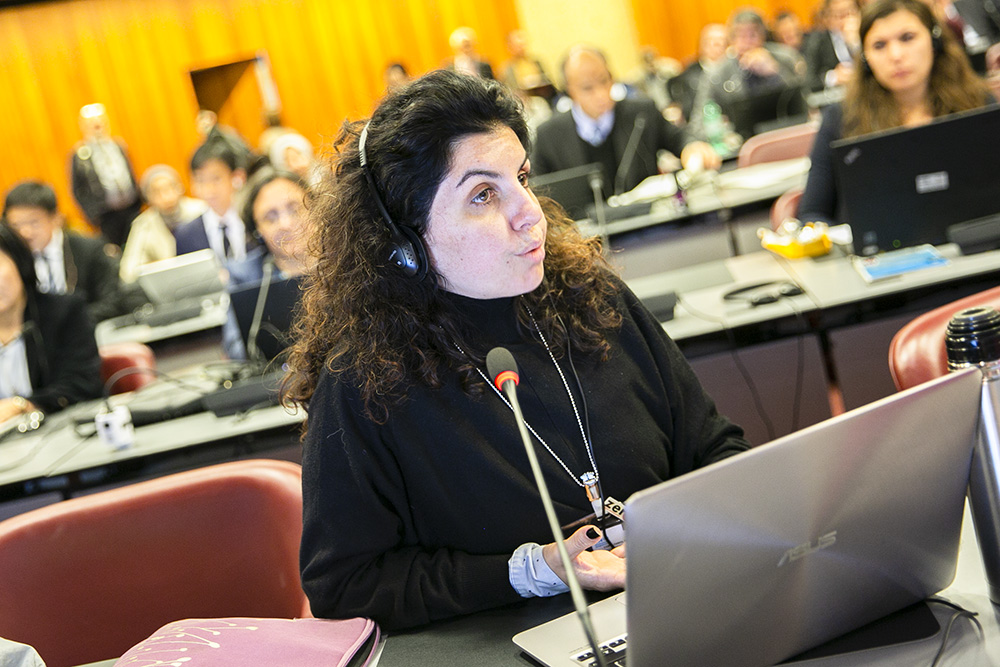
Alejandra Acosta, Argentina
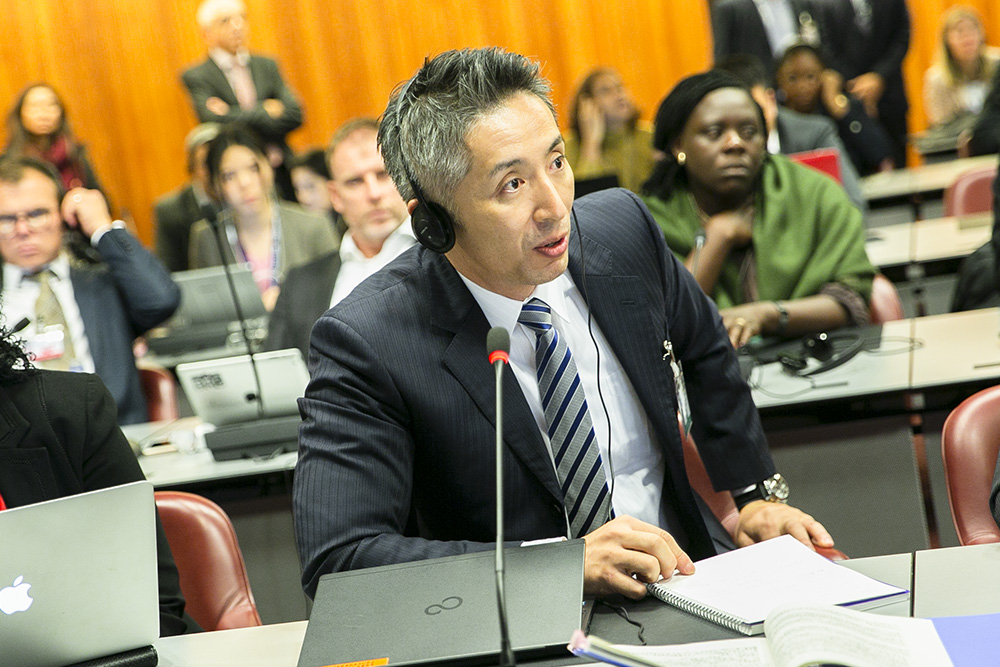
Kentaro Mizuuchi, Japan

A view of room during the contact group
Around the Venue
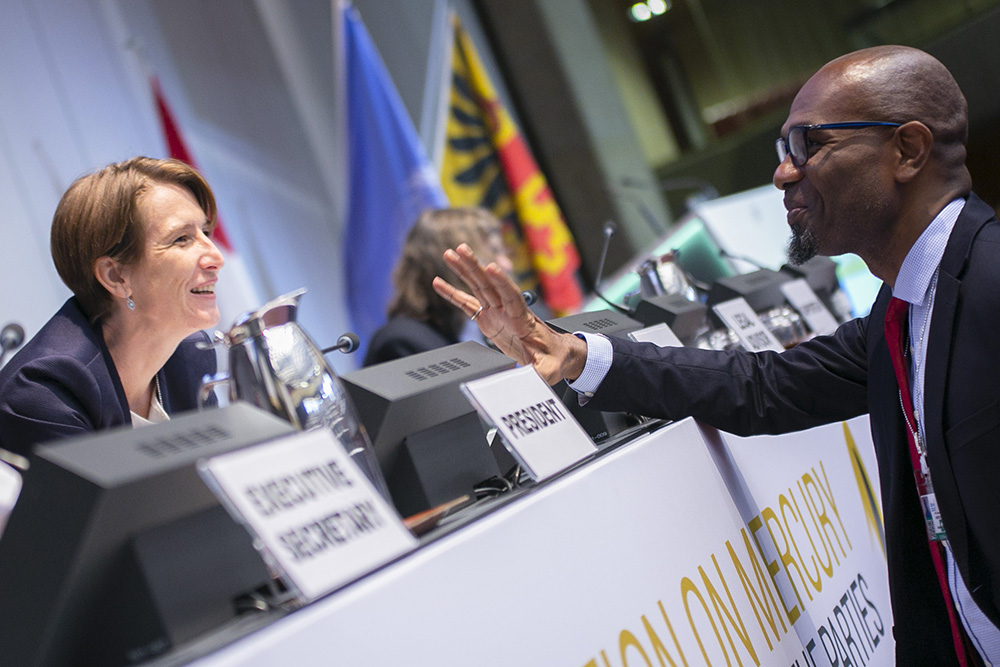
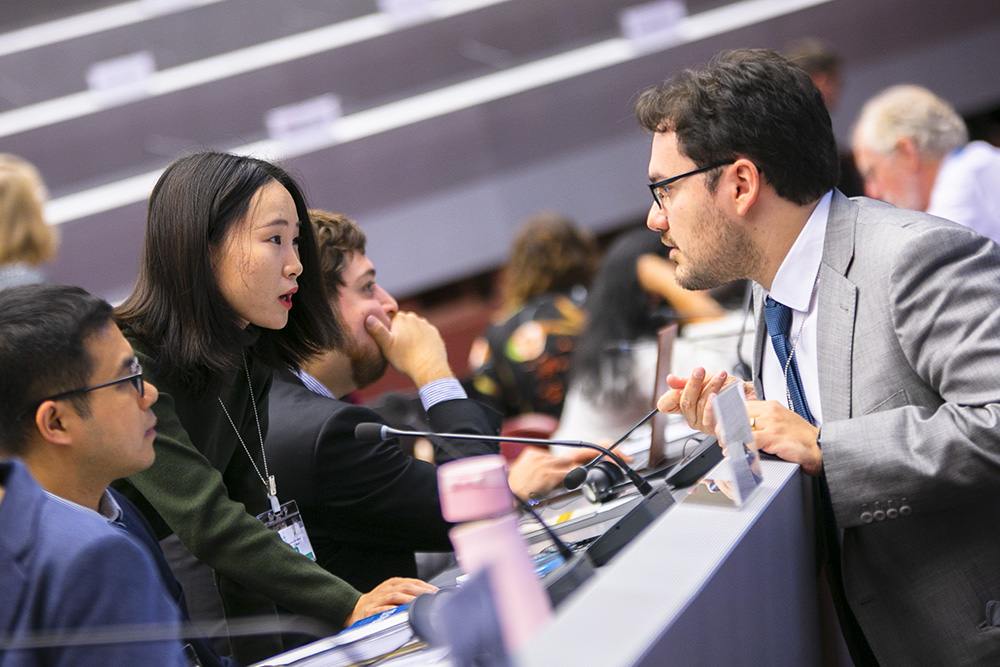
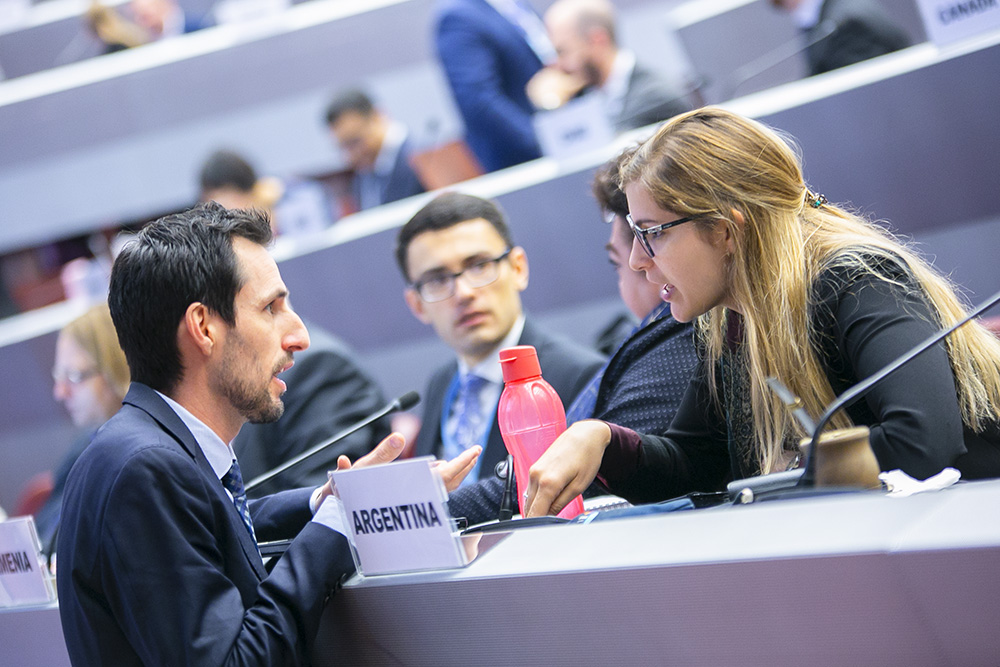
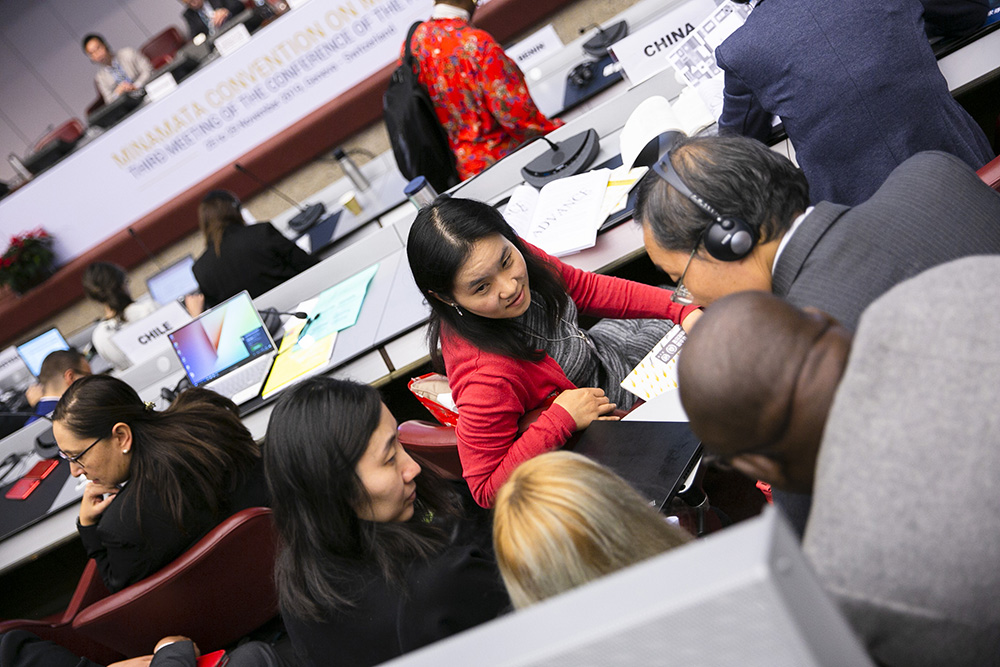
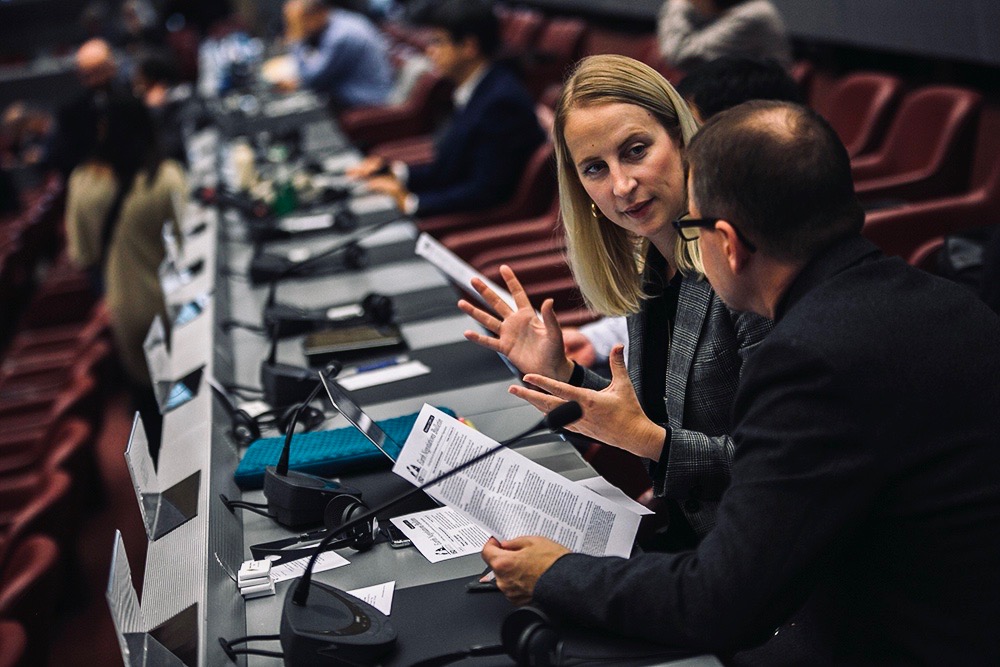
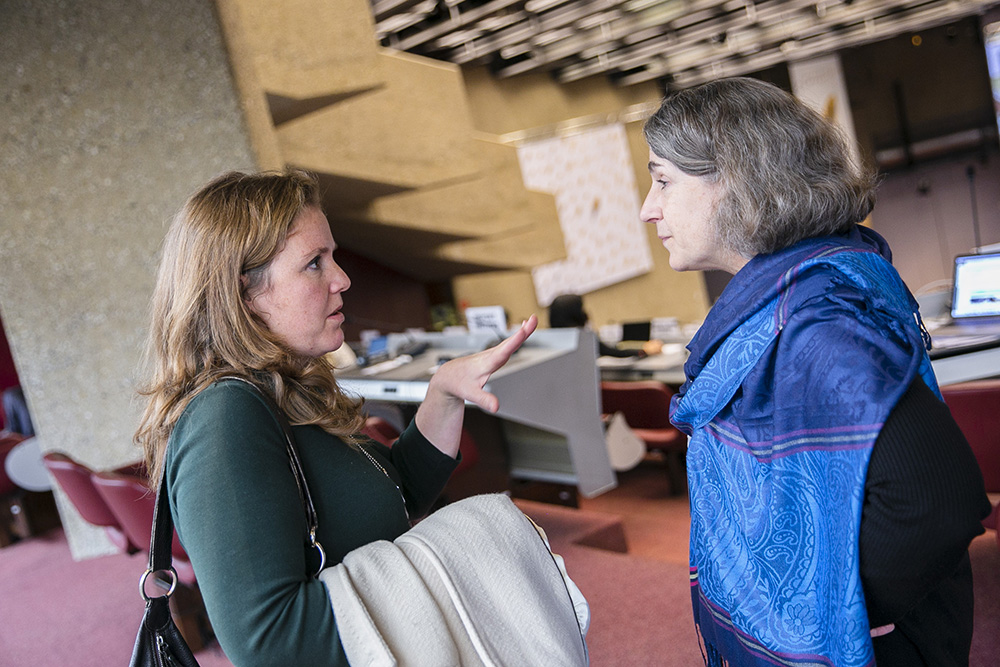
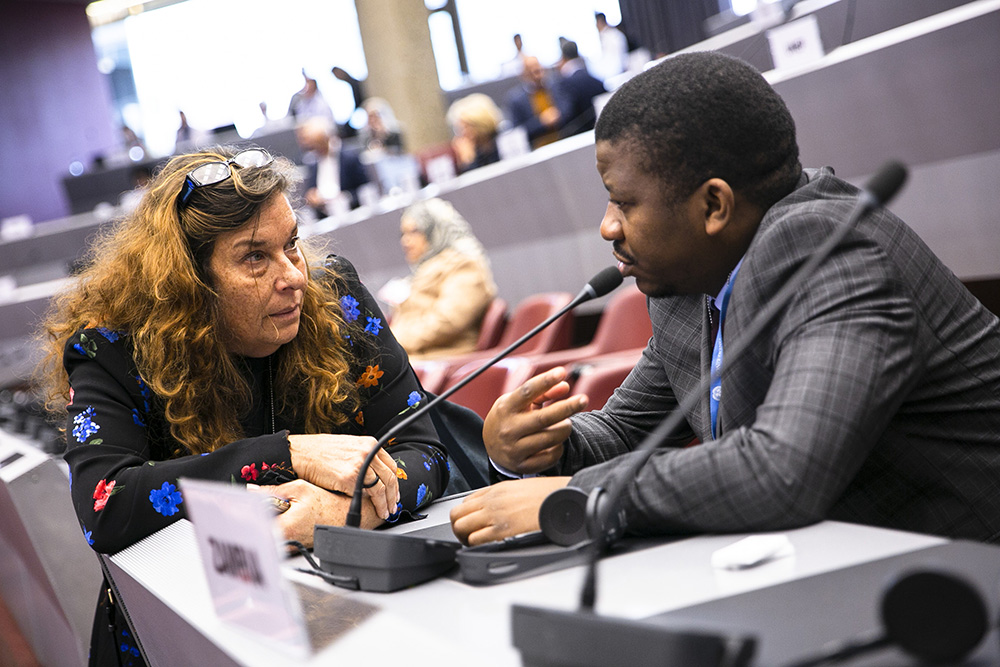
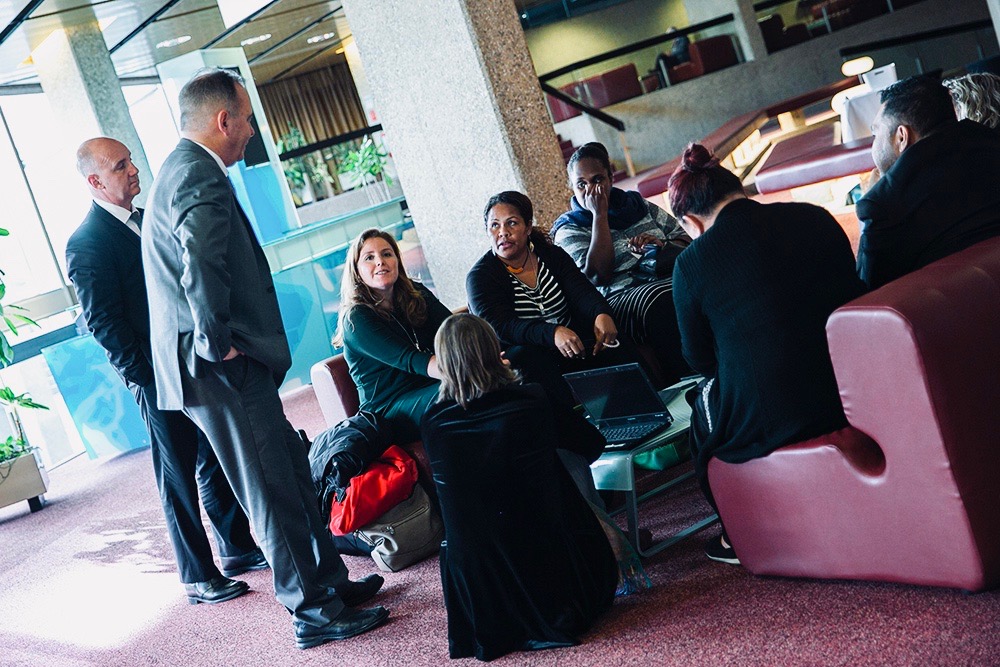
To receive free coverage of global environmental events delivered to your inbox, subscribe to the ENB Update newsletter.
All ENB photos are free to use with attribution. For Minamata Convention COP 3, please use: Photo by IISD/ENB | Sean Wu.